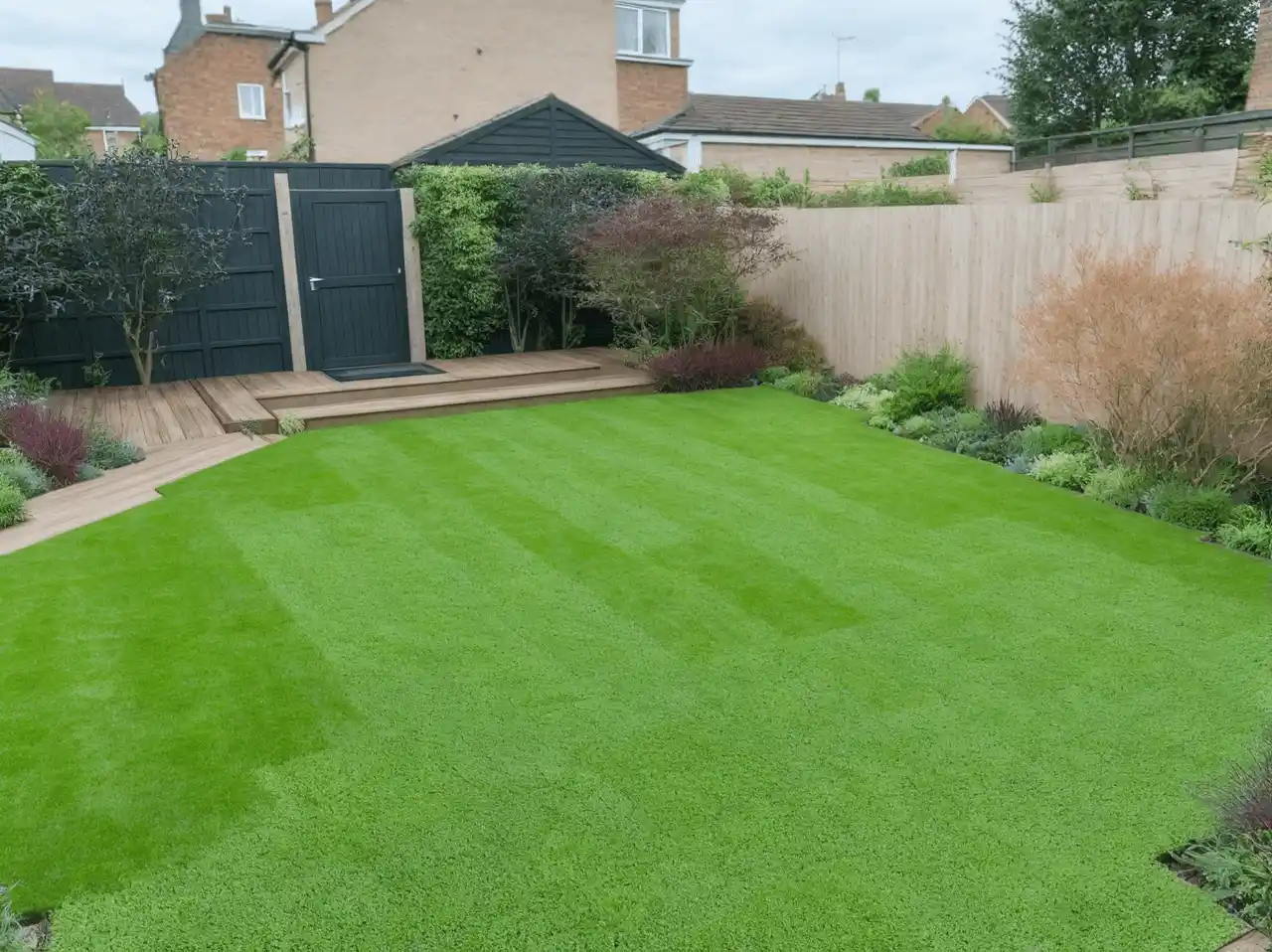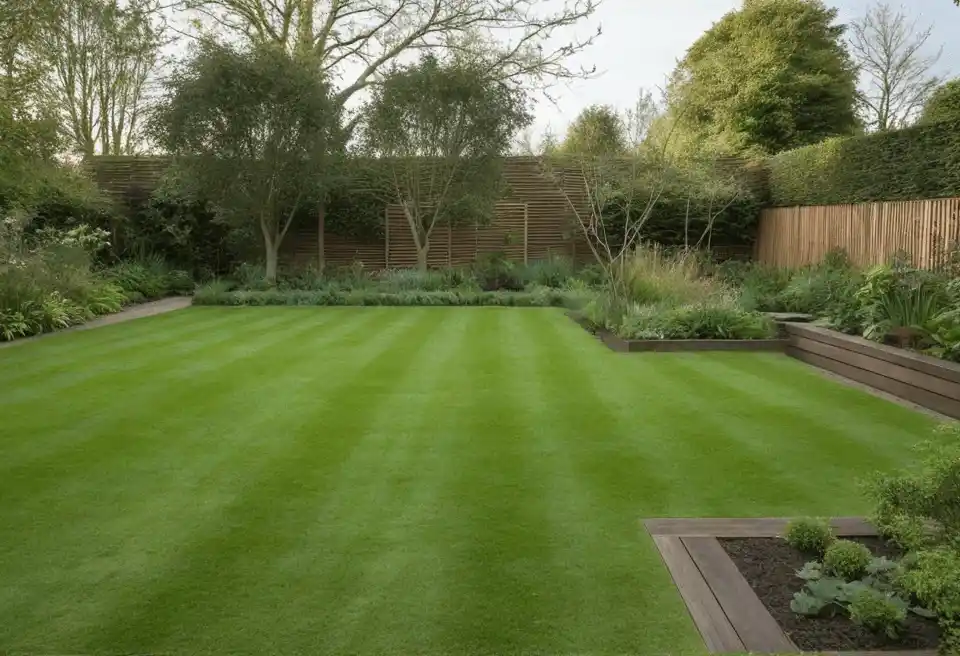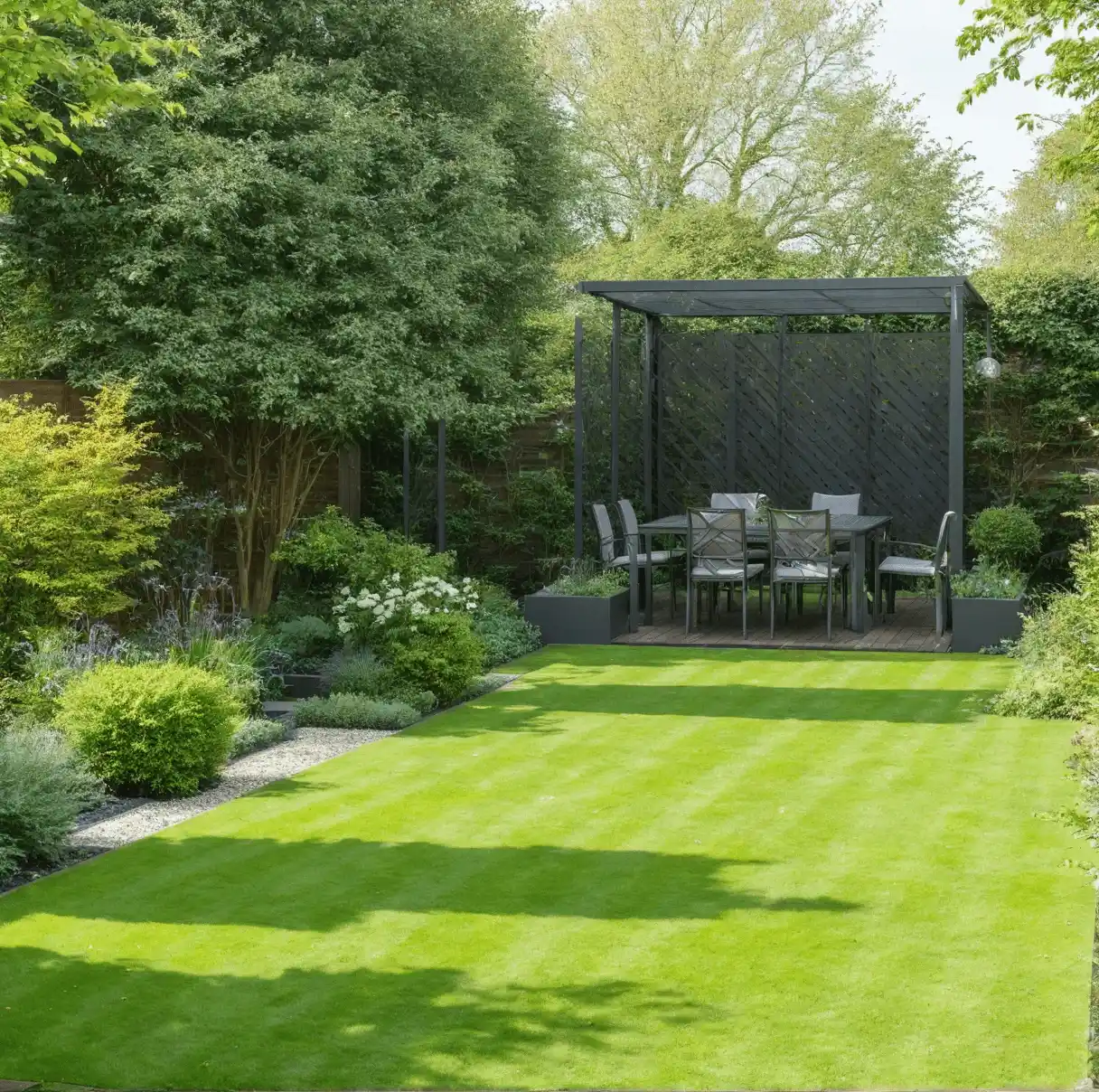
In the realm of landscape architecture, modern contemporary garden design has emerged as a captivating and innovative approach that blends sleek aesthetics with a deep appreciation for nature. Characterized by clean lines, minimalist elements, and a seamless integration of indoor and outdoor spaces, contemporary gardens offer a refreshing take on the traditional while fostering a harmonious connection with the environment. This article explores the key principles and elements that define modern contemporary garden design.
Modern contemporary garden design is distinguished by its emphasis on clean, straight lines and structural simplicity. Geometric shapes, such as rectangles and squares, are often used to create a sense of order and organization within the outdoor space. This simplicity not only adds a touch of sophistication but also allows the natural elements to take center stage.

The choice of materials plays a crucial role in contemporary garden design. Common materials include concrete, steel, glass, and wood. These materials contribute to a sleek and polished appearance while providing durability and functionality. Contrasting textures, such as smooth concrete against rough stone or soft grass, add depth and visual interest to the garden.
Blurring the boundaries between indoor and outdoor spaces is a hallmark of contemporary garden design. Large glass doors, windows, or sliding walls seamlessly connect the interior and exterior, creating a fluid transition between the two. This integration allows for a more immersive experience, inviting the natural surroundings into the living spaces and vice versa.

Sustainability is a growing concern in modern garden design. Eco-friendly features, such as rain gardens, green roofs, and native plantings, are integrated to promote biodiversity and reduce the environmental impact. Water-efficient irrigation systems and the use of recycled materials further contribute to a garden that aligns with ecological principles.
Contemporary gardens often incorporate focal points and artistic elements to enhance visual appeal. Sculptures, water features, or carefully placed plantings can serve as focal points, drawing attention and creating a sense of balance within the overall design. These elements add a touch of individuality and artistic expression to the garden.

Beyond aesthetics, modern contemporary gardens are designed with functionality in mind. Thoughtfully planned outdoor living spaces, such as seating areas, dining spaces, and fire pits, provide opportunities for relaxation and socialization. The garden becomes an extension of the home, encouraging inhabitants to enjoy the outdoors in comfort and style.
Plant choices in contemporary gardens often lean towards a restrained palette with an emphasis on form and structure. Ornamental grasses, sculptural shrubs, and carefully pruned trees contribute to the overall composition. Low-maintenance plantings are favored, aligning with the modern lifestyle that values simplicity and efficiency.
© Rescapeai 2024
[email protected]Rescape AI Blog and Design Guide
Blog ArticlesRescape's Garden Design Guide